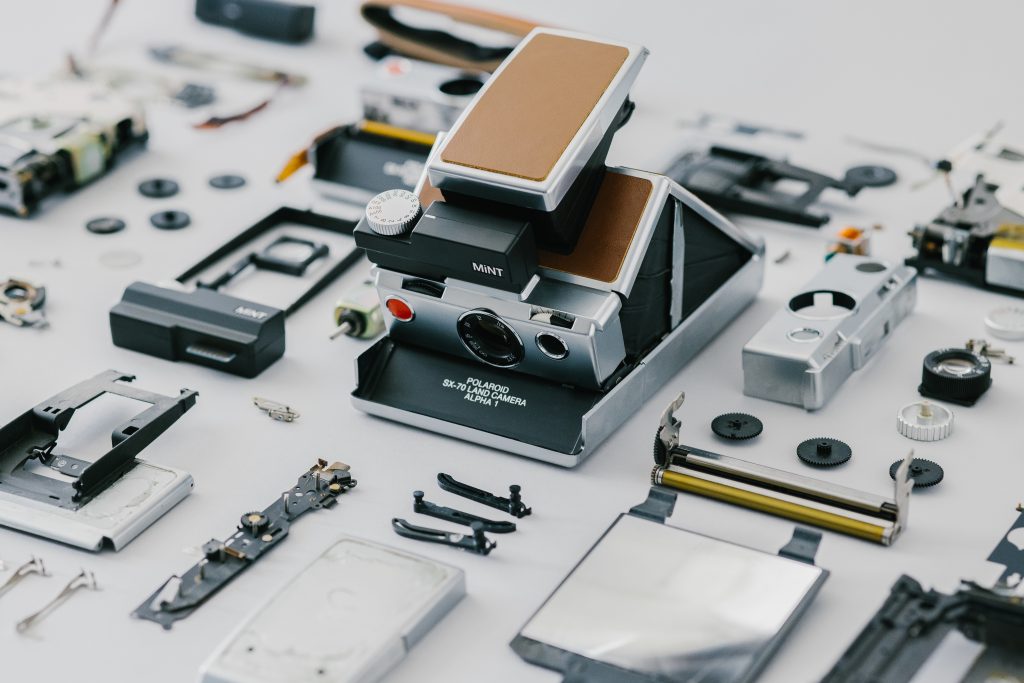Polaroid camera film enthusiasts revel in the nostalgic and one-of-a-kind experience provided by instant photography. Whether you’re a seasoned instant film photographer or a newcomer drawn to the charm of Polaroid cameras, navigating the world of Polaroid film can be complex. This guide is crafted to simplify your purchasing decisions, offering insights into types of Polaroid film, understanding film compatibility, key features to consider, and tips for film storage and maintenance.
Understanding Film Compatibility with Your Polaroid Camera
Matching Film to Camera Models
The first step in buying Polaroid film is to match the right film type with your specific camera model. Polaroid film comes in different formats such as i-Type, 600, SX-70, and Spectra. It is essential to know which film is compatible with your camera. For instance, 600 film is generally used for vintage 600 series cameras and some Polaroid Originals models, while SX-70 cameras require SX-70 film which has a lower film speed.
Recognizing Third-Party vs. Official Film
Apart from Polaroid’s branded film, you may find third-party options available on the market. It’s critical to understand the compatibility of these alternative films with your Polaroid camera. Although they can be more affordable, it’s important to be cautious as some may not provide the same quality or may even damage your camera. Always check user reviews and product specifications to ensure any third-party film is reliable and fully compatible with your device.
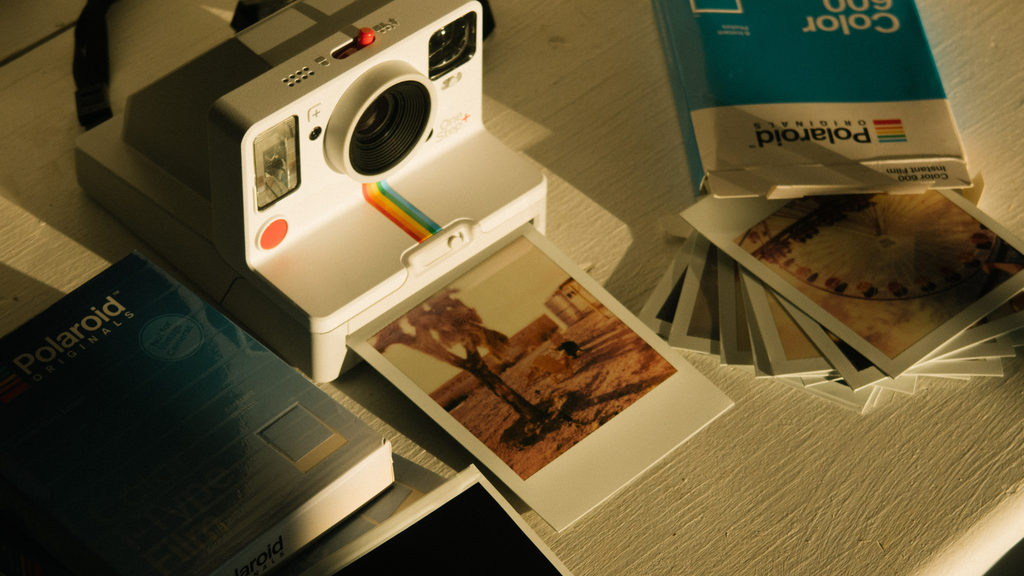
Key Features to Look for in Polaroid Film
Film ISO and Exposure Settings
Polaroid film types come with different ISO settings that affect exposure. For instance, SX-70 film usually has an ISO of around 160, while 600 film is faster, with an ISO of around 640. The ISO influences the film’s sensitivity to light; lower ISO films are better suited for bright conditions, whereas higher ISO films are more suitable for varied or dimmer lighting. Consider your typical shooting environment when choosing film ISO.
Color vs. Black and White Film
Polaroid enthusiasts often have to choose between color and black and white film. Color film gives you vibrant, classic Polaroid shades, while black and white film offers a more timeless, monochrome look. Some photographers stock both to switch based on the subject or occasion. It’s not just about aesthetic preference — black and white film generally develops faster and can offer sharper contrast, which may influence your choice.
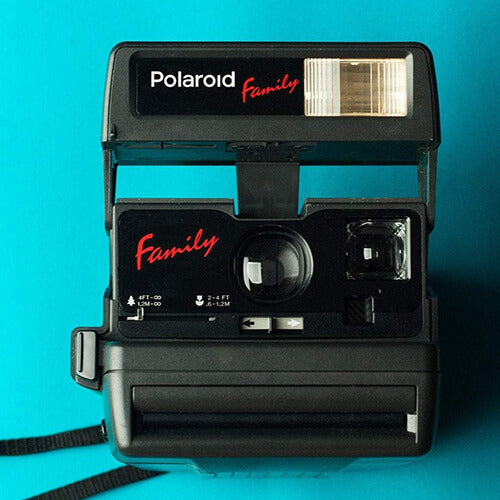
Where to Buy Polaroid Film and Pricing Considerations
Sourcing Film From Reputable Retailers
To ensure you’re buying genuine, high-quality Polaroid film, it’s best to purchase from reputable retailers. Direct purchase from Polaroid or authorized dealers guarantees the freshest film and compatibility with your camera. There are also reputable online marketplaces and specialty photography stores where you can find both current and discontinued types of film.
Understanding Pricing and Bulk Buying
The cost of Polaroid film varies based on type, color, and pack size. Buying individual packs can be more expensive in the long run than purchasing in bulk. However, bulk buying only makes sense if you are an active photographer who will use the film before its expiration date. Keep an eye out for deals, and consider joining photography forums or groups where members might share bulk purchase discounts.
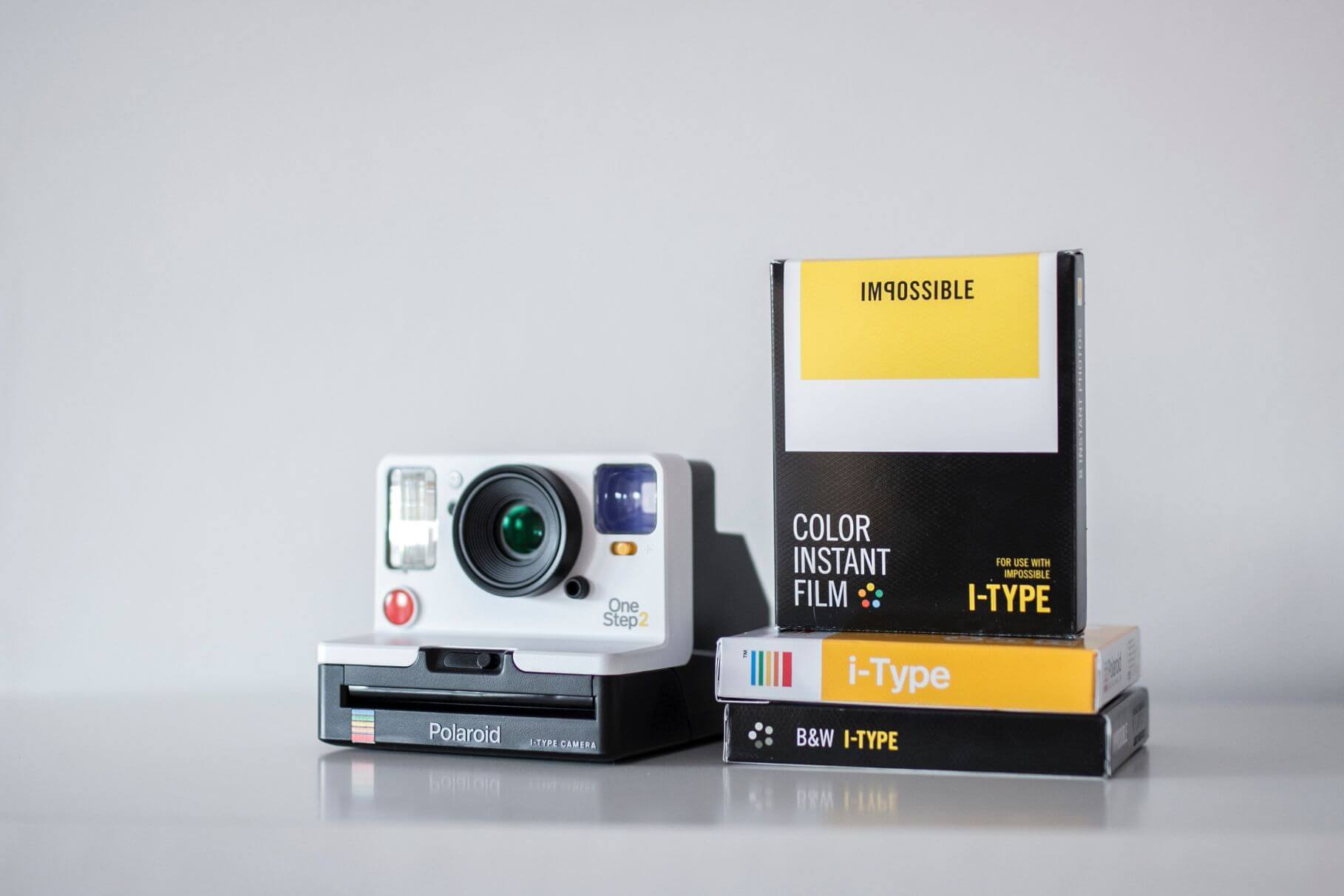
Maintaining Film Quality: Storage and Care Tips
Proper Storage for Longevity
To preserve your Polaroid film’s quality for as long as possible, store it properly. Film should be kept in a cool, dark place — ideally in a fridge at a stable temperature between 4-18°C (39-64°F). Avoid freezing the film, as this can damage it. After refrigeration, allow the film to reach room temperature before use to prevent condensation that could affect the photo quality.
Handling Film With Care
To ensure the best results from your Polaroid photographs, handle film packs carefully. Skin oils and impurities can affect film quality, so handle the packs by the edges and avoid touching the surfaces. Insert and eject film packs gently; rough handling could lead to jams or exposure damage. Always check your camera’s film compartment is clean before loading a new pack.
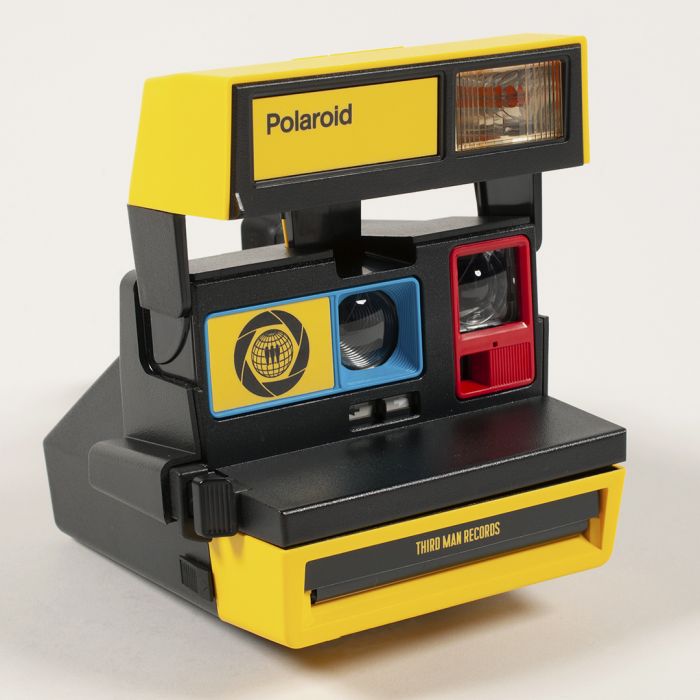
Maximizing Your Polaroid Experience with Film Choice
Exploring Specialty and Creative Films
In addition to standard color and black and white films, Polaroid offers specialty films for those looking to push creative boundaries. These include films with colored frames, unique patterns, or special edition themes. Exploring these options can add a personalized touch to your photos, making each print even more memorable. When purchasing specialty film, pay attention to its specific characteristics, as some may have different exposures or creative effects that impact the final image.
Understanding Development Time and Temperature Sensitivity
Every Polaroid film has its own development time, the period it needs to fully reveal the image. Most modern Polaroid films take about 10 to 15 minutes to develop, but this can vary based on the film type and ambient temperature. Moreover, film can be temperature sensitive; exposure to extreme cold or heat during development can alter the colors or contrast of the printed image. It’s beneficial to understand how your chosen film reacts to different conditions to maximize the quality of your snapshots.
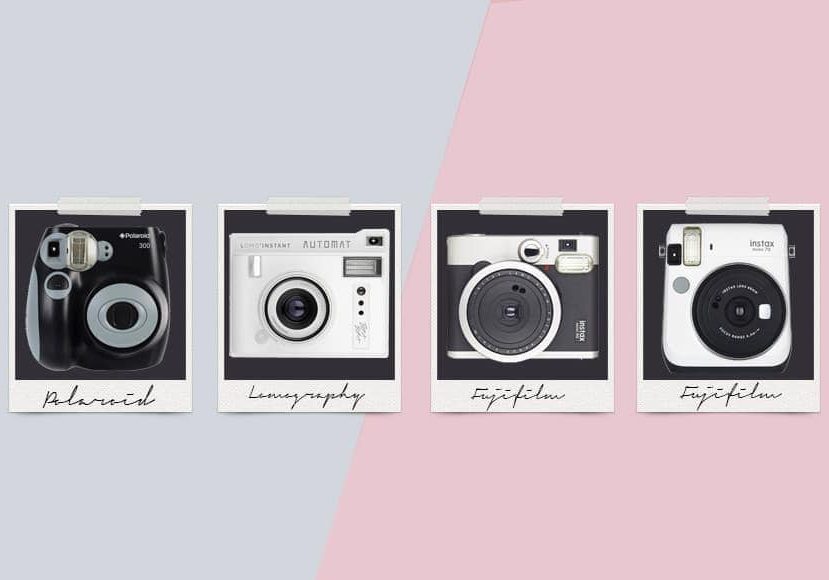
Smart Shopping for Cost-Effective Photography
Comparing Shop Prices and Online Deals
Being a film enthusiast means always looking for the most efficient way to support your hobby. Different retailers can offer varying prices on the same film packs, so it pays to compare. Online camera stores, large e-commerce platforms, and even local photography shops might run sales or promotions. Signing up for newsletters and following your favorite retailers on social media can also alert you to discounts or limited-time offers, helping you stock up on film at the best price.
In summary, being a Polaroid camera film enthusiast is about embracing the unique charm of instant photography, but it requires knowledge to make the most of your investment. By matching the right film to your camera model, paying attention to features like ISO, choosing the appropriate color type, sourcing from reputable suppliers, and properly storing and handling your film, you will ensure a delightful photography experience. Remember to factor in the environment, your photography style, and the specific occasion when selecting your Polaroid film. With these tips, you can capture life’s moments with all the warmth and allure that only a Polaroid can offer.
